8 Comments
2/2/2023 07:29:12 am
Excellent article! Thank you for your excellent post, and I look forward to the next one. If you're seeking for discount codes and offers, go to couponplusdeals.com.
Reply
5/31/2023 07:53:58 am
I love the colors of fall. It's best to clean your garden during this season.
Reply
3/27/2024 05:31:46 pm
Thanks for the share as you have lots of interesting information for us to do gardening and get organic vegetables. I saw a lot of people are doing it these days to find the best solution.
Reply
Leave a Reply. |
ContributorsWe love to feature blogs from all of the members of our team, including core staff, interns, volunteers, and others. We hope you enjoy the stories and find the information useful! Archives
January 2023
Categories |
AddressLaSalle Square
3701 Prast Blvd. South Bend, IN. 46628 |
Hours
Garden: always Welcome Center Mon-Sun: 9am-7:30pm |
Telephone574-222-2266
After Hours: 574-315-4361 |
Unity Gardens
PO Box 10022 South Bend, IN. 46680 |

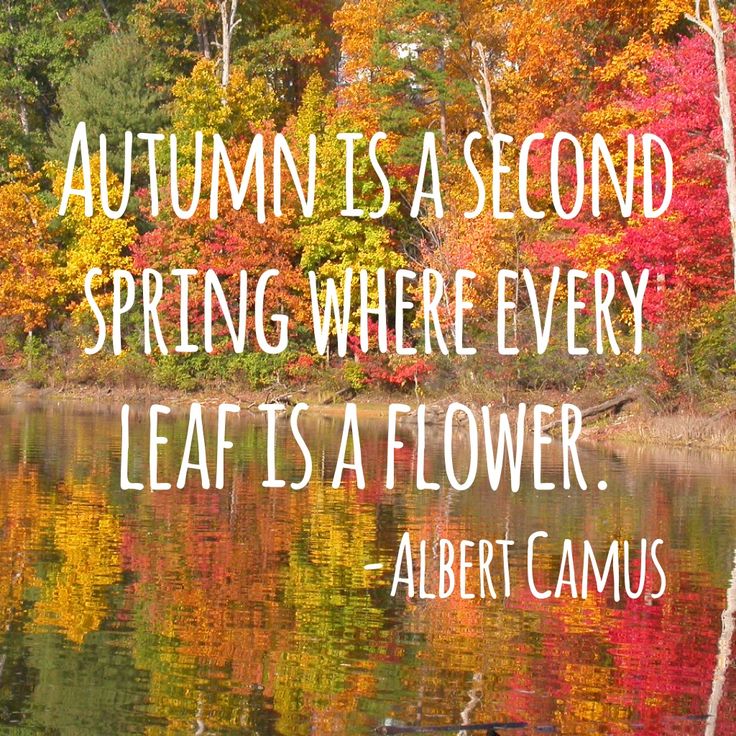
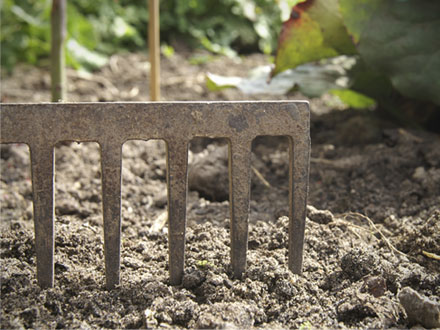
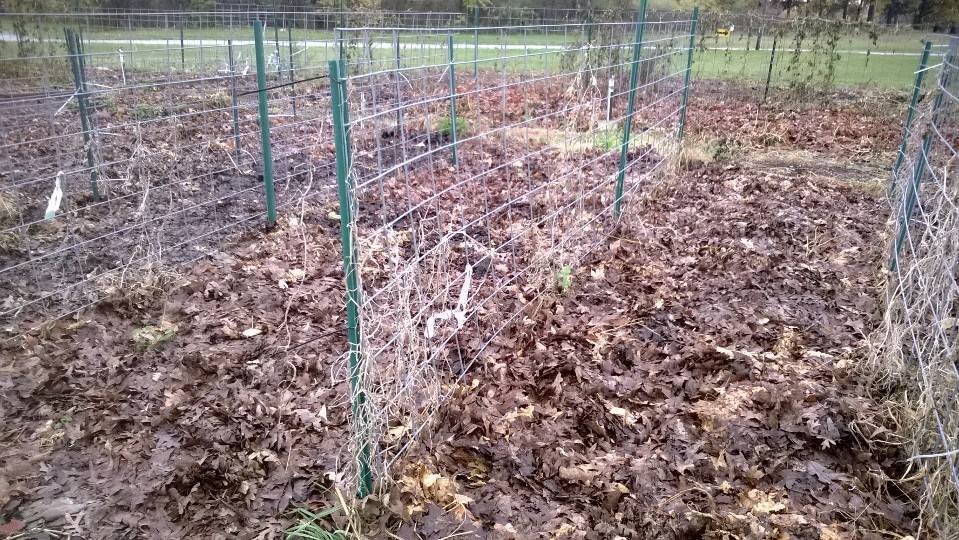
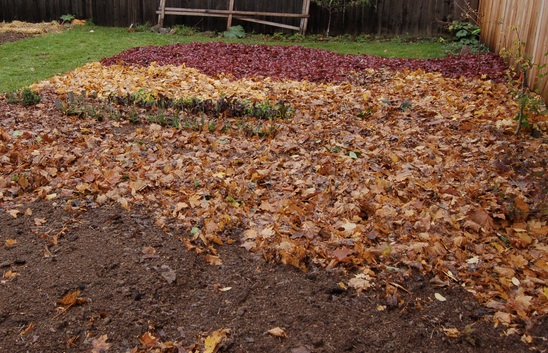
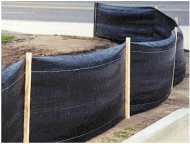
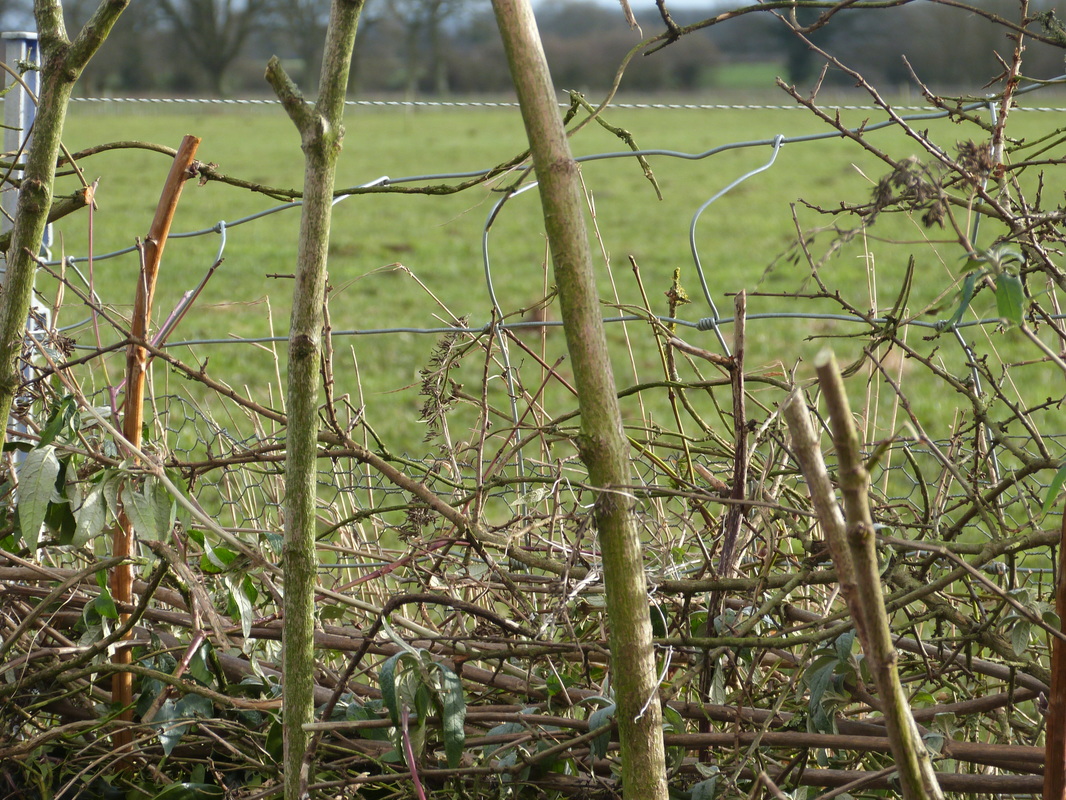
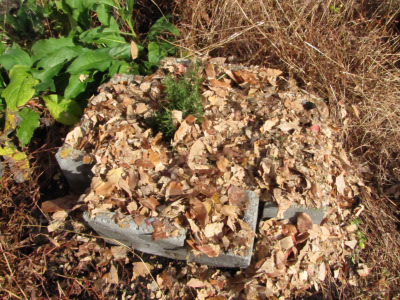

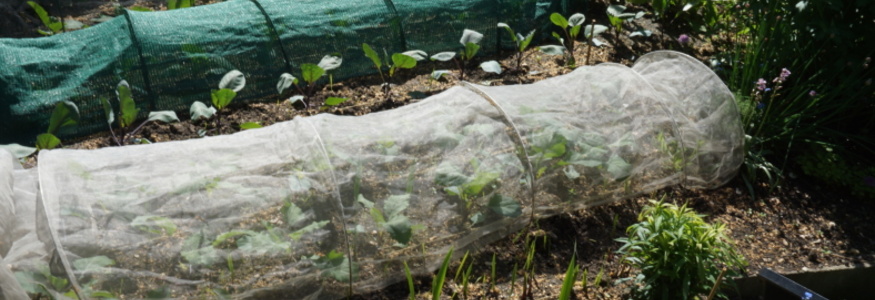
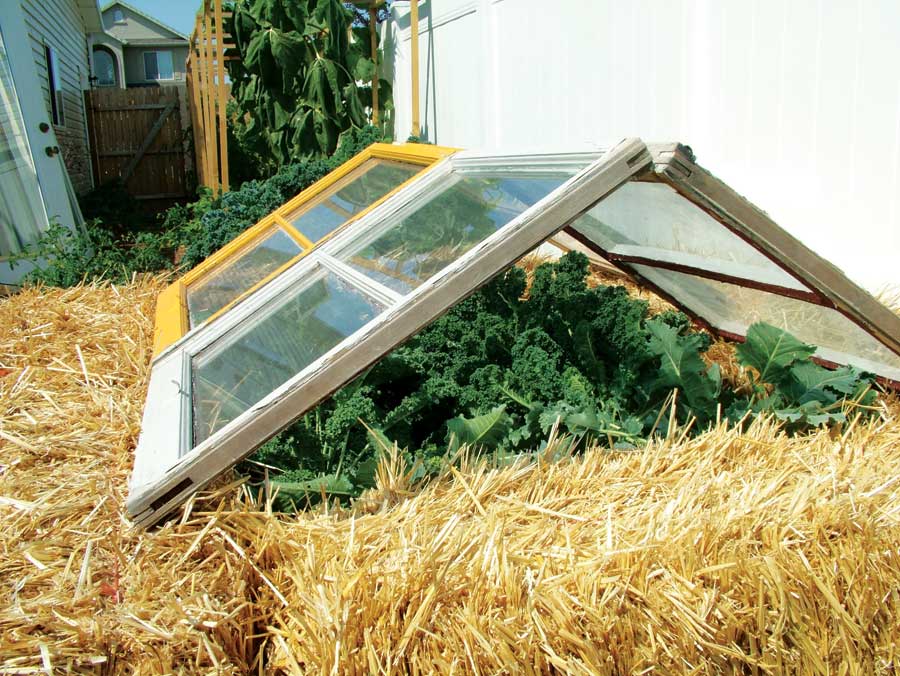
 RSS Feed
RSS Feed